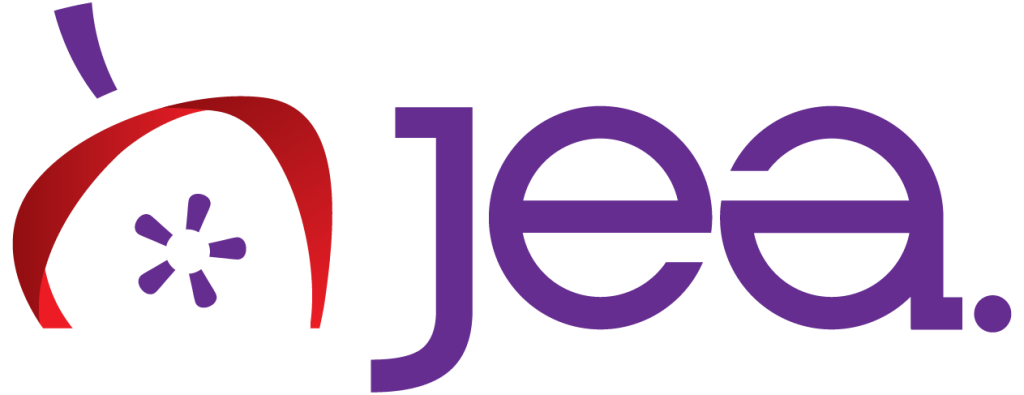Press Rights
JEA stands firmly behind student journalists’ press freedom. Where journalism students delve into the impact of such events as the invasion of the Capitol Jan. 6 and issues stemming from it, they create community engagement and understanding of journalistic responsibility, roles and values. Where the same students make final decisions of content without prior review and restraint, democracy’s ideals flourish and expand. We denounce all efforts to stifle student journalists, and we stand in solidarity with advisers who support them.
Constitution Day is Sept. 17
2025 Theme: Power to the People
The Scholastic Press Rights Committee has put together a set of activities and materials around the 2025 theme "Power to the People" for teachers to use in their classrooms this Constitution Day, Sept. 17. They range from full lesson plans to quick activities and ways to promote Constitution Day in your school community.
Press Rights Quick Links
Prior Review | Law-Ethics Manual | Key Cases | What Are Ethics | Tools of Truth
Teachable moments in journalism
As we discuss fake and alternate news and work them into our classroom and newsroom activities, we should also look at journalists’ social responsibilities to their communities. Take, for example, this lead sequence from a New York Times article: Warm welcome for Syrians in a country about to ban them CHICAGO — On Friday…
More resources for
alternative facts, fake news
With the events surrounding Inauguration Day comes a new journalistic concept, alternative facts. As we teach our students to be aware of fake news and now alternate facts, check out some additional resources that might lead to lessons and activities that rebuild trust in journalists – and journalism. • Kellyanne Conway says Donald Trump’s team has ‘alternative…
Our tasks for the future:
Building a Tool Kit of Trust, integrity
Trust. Trust in sources, information, journalists. Trust in audiences. Trust in education. Ways to help student journalists and their audience fight fake news and bad journalism begin in middle and high school, and especially in journalism programs. Helping journalism students and their audiences fight fake news and sloppy reporting should include understanding what type of journalism…
Addressing issues involved in fake news
According to a study in a Pew Research Center report released recently, 88 percent of U.S. adults say they believe fake news is causing either a “great deal of confusion” or at least “some confusion” when it comes to people’s understanding of current events. Categorically false lies-posing-as-breaking-news-stories often start as reportorial problems. Scholastic journalists can begin to…

Need help with a censorship issue? You found it.
If you are a JEA member or students of a JEA member who need assistance concerning censorship issues, use the panic button below to generate an online form to explain your situation. This will go to a Scholastic Press Rights Committee member who will assist you quickly and notify others in your state so they can offer assistance. This outreach capability is a direct result of JEA’s Adviser Assistance Program and is designed to combat censorship issues advisers and students might face.
